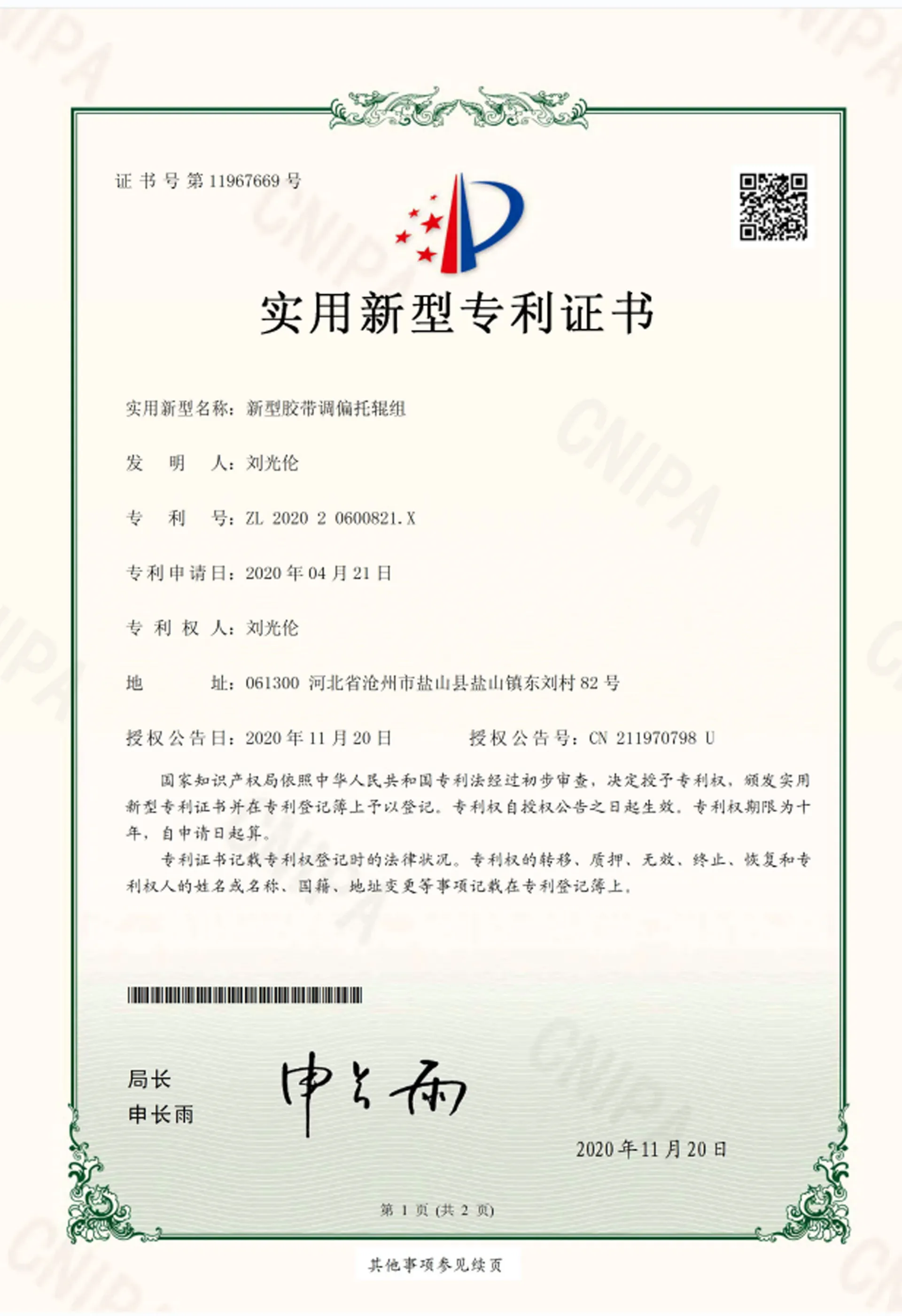 Afrikaans
Afrikaans  Albanian
Albanian  Amharic
Amharic  Arabic
Arabic  Armenian
Armenian  Azerbaijani
Azerbaijani  Basque
Basque  Belarusian
Belarusian  Bengali
Bengali  Bosnian
Bosnian  Bulgarian
Bulgarian  Catalan
Catalan  Cebuano
Cebuano  Corsican
Corsican  Croatian
Croatian  Czech
Czech  Danish
Danish  Dutch
Dutch  English
English  Esperanto
Esperanto  Estonian
Estonian  Finnish
Finnish  French
French  Frisian
Frisian  Galician
Galician  Georgian
Georgian  German
German  Greek
Greek  Gujarati
Gujarati  Haitian Creole
Haitian Creole  hausa
hausa  hawaiian
hawaiian  Hebrew
Hebrew  Hindi
Hindi  Miao
Miao  Hungarian
Hungarian  Icelandic
Icelandic  igbo
igbo  Indonesian
Indonesian  irish
irish  Italian
Italian  Japanese
Japanese  Javanese
Javanese  Kannada
Kannada  kazakh
kazakh  Khmer
Khmer  Rwandese
Rwandese  Korean
Korean  Kurdish
Kurdish  Kyrgyz
Kyrgyz  Lao
Lao  Latin
Latin  Latvian
Latvian  Lithuanian
Lithuanian  Luxembourgish
Luxembourgish  Macedonian
Macedonian  Malgashi
Malgashi  Malay
Malay  Malayalam
Malayalam  Maltese
Maltese  Maori
Maori  Marathi
Marathi  Mongolian
Mongolian  Myanmar
Myanmar  Nepali
Nepali  Norwegian
Norwegian  Norwegian
Norwegian  Occitan
Occitan  Pashto
Pashto  Persian
Persian  Polish
Polish  Portuguese
Portuguese  Punjabi
Punjabi  Romanian
Romanian  Russian
Russian  Samoan
Samoan  Scottish Gaelic
Scottish Gaelic  Serbian
Serbian  Sesotho
Sesotho  Shona
Shona  Sindhi
Sindhi  Sinhala
Sinhala  Slovak
Slovak  Slovenian
Slovenian  Somali
Somali  Spanish
Spanish  Sundanese
Sundanese  Swahili
Swahili  Swedish
Swedish  Tagalog
Tagalog  Tajik
Tajik  Tamil
Tamil  Tatar
Tatar  Telugu
Telugu  Thai
Thai  Turkish
Turkish  Turkmen
Turkmen  Ukrainian
Ukrainian  Urdu
Urdu  Uighur
Uighur  Uzbek
Uzbek  Vietnamese
Vietnamese  Welsh
Welsh  Bantu
Bantu  Yiddish
Yiddish  Yoruba
Yoruba  Zulu
Zulu Different Categories of Belt Cleaning Solutions for Optimal Performance
Understanding Types of Belt Cleaners
Belt cleaners are essential components in the operation and maintenance of conveyor systems. They play a critical role in keeping the conveyor belts clean, improving efficiency, and promoting a safe working environment. The buildup of materials on conveyor belts can lead to various issues, including decreased operational efficiency, increased wear on equipment, and safety hazards. Therefore, understanding the different types of belt cleaners is crucial for industries reliant on conveyor systems.
Types of Belt Cleaners
1. Primary Cleaners Primary cleaners are typically installed at the discharge point of the conveyor belt, where most of the material buildup occurs. They are designed to remove bulk material that adheres to the belt after it has transported materials. These cleaners usually consist of blades made from various materials, including rubber, polyurethane, or tungsten carbide, depending on the application and the type of material being conveyed. Primary cleaners are crucial for preventing material carryback, which can lead to
- Increased maintenance costs - Reduced conveyor efficiency - Environmental contamination
2. Secondary Cleaners While primary cleaners handle the bulk of the material, secondary cleaners work to remove any residual material left on the belt surface after the primary cleaning process. They are usually installed further down the belt and are designed to be more aggressive in their cleaning. Secondary cleaners often have a more rigid blade profile and are typically made of harder materials to withstand the scrubbing action necessary to remove remaining debris. Effective secondary cleaners help to reduce dust and spillage, contributing to a cleaner workplace and minimizing the risk of accidents.
3. Combination Cleaners Combination cleaners integrate both primary and secondary cleaning functions into a single device. This design can be beneficial for operations looking to optimize space and efficiency. Combination cleaners ensure that both bulk material and fine debris are addressed without the need for separate installations. This is particularly advantageous in environments with limited space or where installation flexibility is necessary.
types of belt cleaners

4. Specialty Cleaners Certain operational environments may require specialized cleaners designed for specific materials or conditions. For instance, food-grade belt cleaners must comply with hygiene standards and are designed to prevent contamination. Other examples include high-temperature cleaners that can withstand extreme heat conditions, or cleaners designed specifically for handling sticky materials that adhere stubbornly to belt surfaces. The choice of specialty cleaners can significantly influence the efficacy of the cleaning process and protect both the machinery and products being transported.
5. Automated Cleaning Systems Modern technology has also introduced automated belt cleaning systems, which enhance efficiency through advanced mechanics and controls. These systems may include automated pressure adjustments, monitoring sensors, and even integration with the conveyor’s operational controls to optimize cleaning cycles and reduce downtime. Automated systems are particularly useful in high-throughput environments where manual cleaning would be impractical or too time-consuming.
Choosing the Right Belt Cleaner
When selecting a belt cleaner, several factors must be considered
- Material Types The type of materials being transported can significantly influence the choice of cleaner. Handling abrasive, sticky, or fragile materials all have unique requirements. - Belt Speed and Width Cleaners must be compatible with the belt's operational parameters to ensure effective cleaning without causing damage. - Environmental Conditions Factors such as temperature, humidity, and the potential for corrosive elements should also influence the selection process.
In conclusion, the right belt cleaner is crucial to maintaining operational efficiency in conveyor systems. Understanding the various types of belt cleaners—primary, secondary, combination, specialty, and automated systems—allows for informed decision-making. By investing in appropriate cleaning technologies, industries can enhance productivity, reduce operational costs, and maintain a safe and clean working environment.
-
Trusted Conveyor Solutions from Leading Conveyor Idler Roller ManufacturersNewsJun.27,2025
-
Reliable Return Idler Solutions for Efficient Belt Conveyor SystemsNewsJun.27,2025
-
Precision Conveyor Accessories for Streamlined Material HandlingNewsJun.27,2025
-
High-Quality Belt Conveyor Idler Solutions for Efficient Material HandlingNewsJun.27,2025
-
High-Performance Belt Conveyor Pulleys for Reliable Material HandlingNewsJun.27,2025
-
Enhancing Material Handling EfficiencyNewsJun.27,2025





























